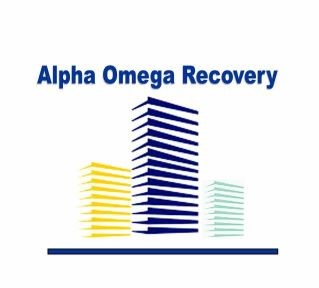
Public adjusters need to be vigilant about potential fraud by policyholders to ensure that claims are legitimate. Obviously, fraudulent claims harm insurance companies, but they can also damage a public adjuster’s reputation.
Here are 25 things a PA can watch out for to help identify potential fraud:
1. Inflated or Exaggerated Damages
Policyholders may claim that damages are more severe than they actually are. Look for inconsistencies in the reported damage compared to actual observations.
2. Delays in Reporting Claims
A long delay between the time of loss and the time of reporting the claim may indicate that the damage was not recent or fabricated.
3. Inconsistent Statements
Look for variations in the policyholder’s story. Repeated changes or contradictions in the narrative may indicate fraud.
4. Pre-existing Damage
Ensure the damage wasn’t present before the event in question. Compare it with previous photos, inspections, or records.
5. Lack of Supporting Documentation
A reluctance or inability to provide invoices, receipts, or other supporting documentation for claimed losses can raise suspicion.
6. Questionable Receipts
Check if receipts seem forged, manipulated, or recently obtained. Some fraudulent claimants may generate or purchase fake receipts.
7. Excessive Claims for Personal Property
Pay close attention to high-value personal property claims, particularly for luxury items. These are often inflated.

8. Duplicate Claims
Review the policyholder’s history for prior claims. Duplicate claims for the same damage or loss could be a red flag.
9. Suspicious Timing of the Claim
Claims filed immediately after a new policy is taken out or just before it expires might be fraudulent.
10. Unusual Lack of Cooperation
If the policyholder is evasive, uncooperative, or refuses access to the property, it may indicate a cover-up of fraudulent behavior.
11. Overly Involved Policyholder
If the policyholder is too involved in the claim process, pushing for a quick resolution or large payout, this may be an indication of fraud.
12. Claims for Unrelated Damage
Some claimants may try to include unrelated damage in a legitimate claim, so verify that all damages are related to the event in question.
13. Suspicious Loss Circumstances
When the cause of the loss seems unusual, implausible, or highly coincidental (e.g., multiple disasters striking at once), it could be fraudulent.
14. Unrealistic Replacement Costs
Compare the claimed replacement costs with market rates. Inflated repair or replacement estimates can signal fraud.
15. Lack of Police Reports or Other Official Documentation
In cases of theft, fire, or vandalism, ensure that the policyholder has filed a police report. Failure to do so can indicate that the event may not have occurred.
16. Intentional Damage
Be aware of cases where damages appear to have been caused intentionally, such as broken windows or deliberately set fires.
17. Claiming for Items Not Listed on the Inventory
Compare the claim with the initial inventory of personal items. Claiming for items that were not listed could be a sign of fraud. Or, claiming items that are not exactly what they really were! (Cool Whip throwaway bowls listed as Tupperware).
18. Frequent Claims History
Policyholders with a history of frequent claims, especially for similar losses, may be involved in fraudulent activities.
19. Inadequate Evidence of Ownership

For high-value items, ensure there is proof of ownership (e.g., receipts, appraisals, photos). A lack of evidence may indicate a fraudulent claim.
20. Use of Suspicious Contractors
Be cautious when policyholders insist on using specific contractors or vendors, especially if those vendors have a questionable reputation.
21. Damage That Doesn’t Match the Event
Ensure that the claimed damage aligns with the event that caused it. For example, water damage from a fire claim could be suspicious.
22. Damage to Non-covered Items
Some claimants may try to include damage to items not covered by the policy. Be sure to verify coverage for each item.
23. Inconsistent Repair Estimates
Large discrepancies between repair estimates from different contractors may suggest that one is inflating costs.
24. False Rental Claims
Verify that temporary housing or rental expenses are legitimate. Some policyholders may try to claim excessive or nonexistent rental costs.
25. Policyholder’s Financial Troubles
Policyholders facing financial difficulties (e.g., bankruptcy or large debts) may be more likely to commit fraud to obtain a payout.
By keeping these red flags in mind and conducting thorough investigations, public adjusters can help minimize the risk of handling fraudulent claims while ensuring legitimate claims are processed fairly. The list can go on… (I searched and found over 100 possible things to watch for).
As a side note:
We work with all Public Adjusters and encourage our customers to hire a PA!
Author: Dick Wagner, Tactical Specialist
239-427-1567
Alpha Omega Recovery, LLC Naples * Fort Myers * Sarasota

